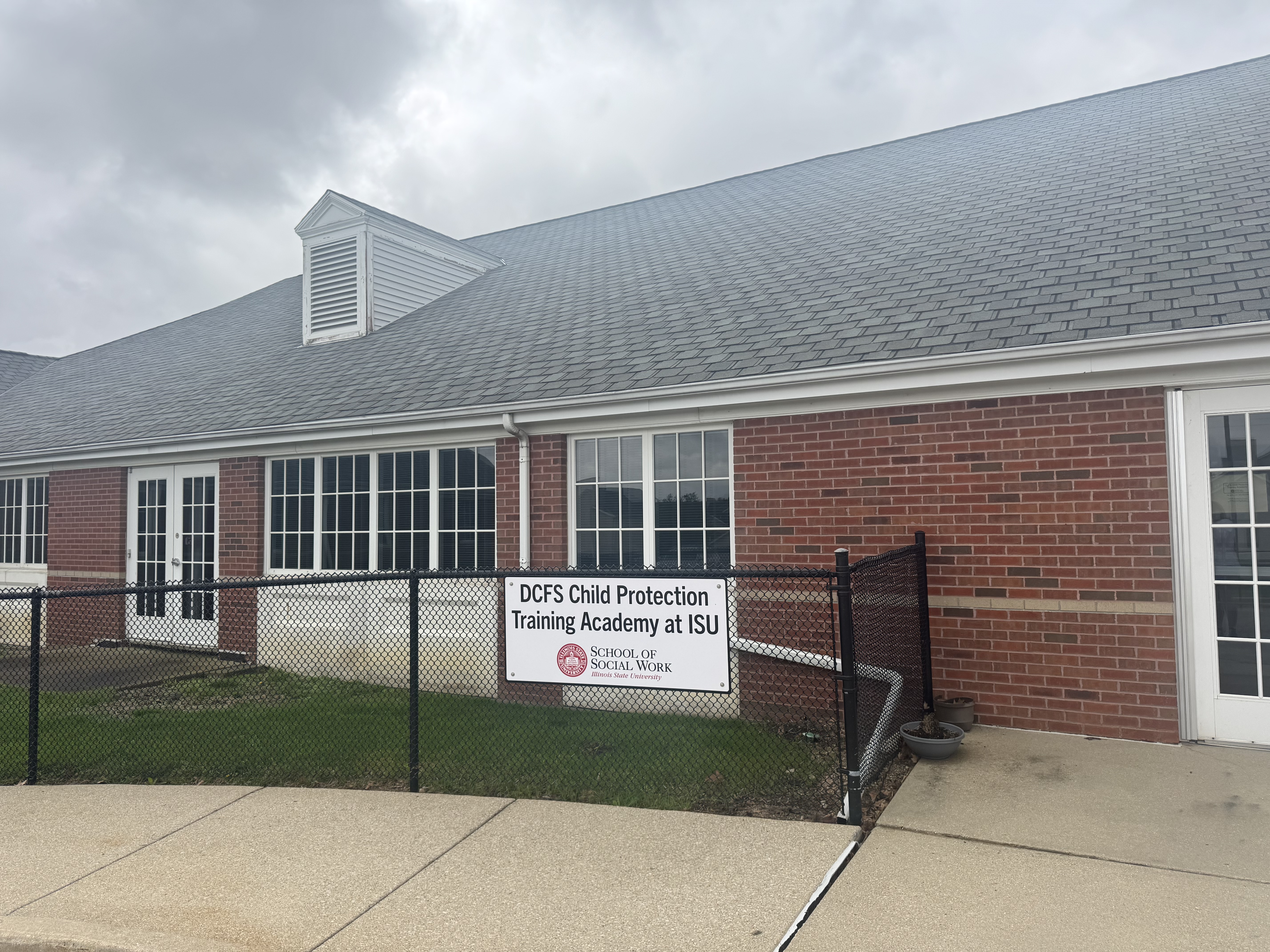The psychology behind the rise in gun violence
Written by Colleen Holden on May 3, 2023
NORMAL, Ill. – The City of Atlanta, Georgia experienced a shooting leaving one dead and at least four injured this afternoon. This marked the 164th mass shooting of 2023.
Firearms were the leading cause of death in children in 2020. In a society where kids are commonly greeted by metal detectors before the faces of their teachers, it is clear that gun violence is a grave issue, affecting the lives of everyday citizens, and ending the lives of the next generation. After witnessing tragedy after tragedy, one question arises: why?
Hanaa El Moghrabi, author of the dissertation The Downward Spiral: School Shooter Characteristics and Sequential Stage Model Explained and Integrated wrote about the warning signs in children and adolescents who are falling down this path of violence. While writing her dissertation, El Moghrabi analyzed 30 cases of school shootings between the years 1974 and 2021. Her analysis led her to identify five characteristics an assailant will adapt before committing such an act, as well as five stages they will endure in tandem with the adaptation of these characteristics, and the cause that tends to set this domino effect in motion.
The first identified characteristic was “distressed.” In a recent interview, El Moghrabi described this as “feeling uncertain in themselves and their future” and “wanting to find catharsis.” This was followed by “self-destructive,” which was described as “exhibiting risky behavior and impulsivity.” Next was “hyper-fixated,” which was described as “keeping a record of thoughts and plans, and fantasizing about what they would like to do.” Fourth was “revengeful,” which was described as “exhibiting spitefulness” and “feeling dehumanized.” Last was “entitled,” which was described as “believing they deserved better, and that they have been overlooked, and underestimated,” as well as “wanting a reclamation of power.”
Helplessness is the first corresponding stage, going along with distress. Following this was “idea-formation,” which works with self-destructive. El Moghrabi compared this to a litmus test, stating “they might express this idea to a close group of friends saying something like ‘hey wouldn’t it be so and so if I did this to the school.'”
Next was “moral disengagement” which works alongside hyper-fixation and was stated to be “feeling a sense of glory associated with the attack,” and “believing they will solve problems with the attack.” Fourth was “tunnel vision,” which works with revengeful, and was stated as, “setting a date and time for the act, and, of course, acquiring tunnel vision.” The final stage was “terminal’ which goes with entitled, and was stated to be, “cognitive disengagement from the objective act, not only believing this is justified, but completely dehumanizing all the victims.”
The stage that did not correspond to a developed characteristic was referred to by El Moghrabi as “the zero stage” and is what she determined to be the common cause of descent into these patterns. El Moghrabi identified this as “uncontrollable circumstances,” drastic shifts in someone’s life that they have little to no say in. Uncontrollable circumstances are commonplace in day-to-day life, and the knowledge that such a devastating event can be spurred by such a universal circumstance puts an even more unsettling perspective on this grave issue.
While describing the results of her analysis, El Moghrabi identified patterns in the assailants that went beyond adapted characteristics and stages. While this is not the case for every perpetrator, the identified gender of those in El Moghrabi’s research was overwhelmingly male.
“Males are the ones who disproportionately commit these acts. Two perpetrators out of 30 in my sample were identified as female, and the rest were male,” said El Moghrabi. “From what I’ve found, males in general feel like they cannot express their emotions without appearing weak, or feeling like someone is going to take advantage of them.”
Alongside the debriefing of her analysis, El Mograbi discussed the role of the school system in this issue, as well as what she hopes her research could accomplish.
“From what we’ve seen, in most schools, mental health in the school systems is paramount, it needs to be funded because we can see that especially with public schools, they are implementing zero-tolerance policies, more punitive actions, more security presence, and just more band-aid solutions like metal detectors, curbed hallways, and bulletproof backpacks,” said El Moghrabi. “We have to ask ourselves, does this actually stop school shootings?”
“At the end of the day what I would really hope for my models is that what can come out of it is that there are more opportunities for mental health literacy and harm reduction,” said El Moghrabi.




